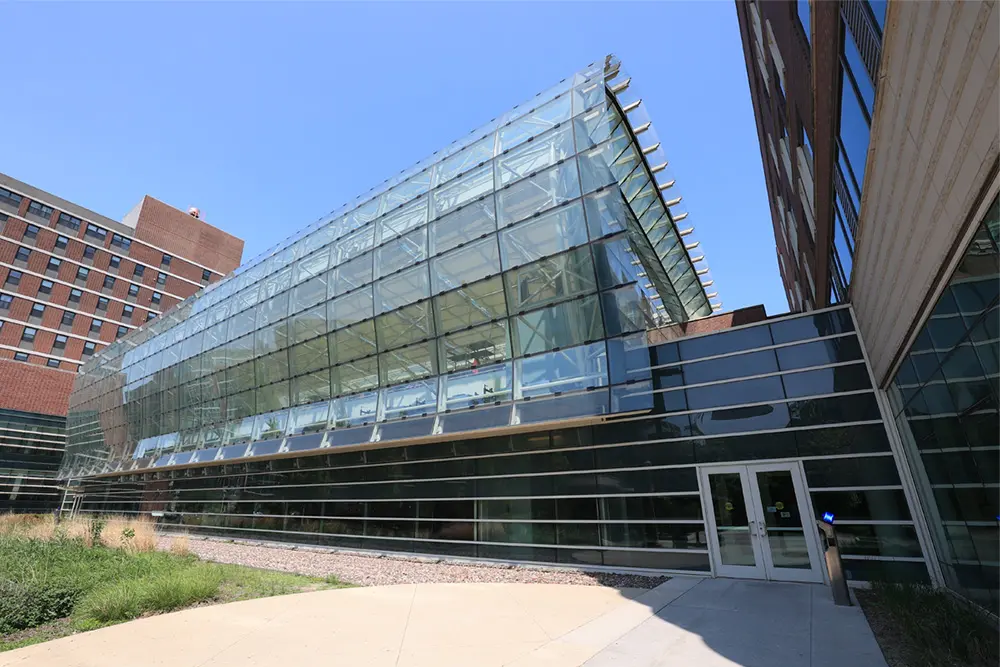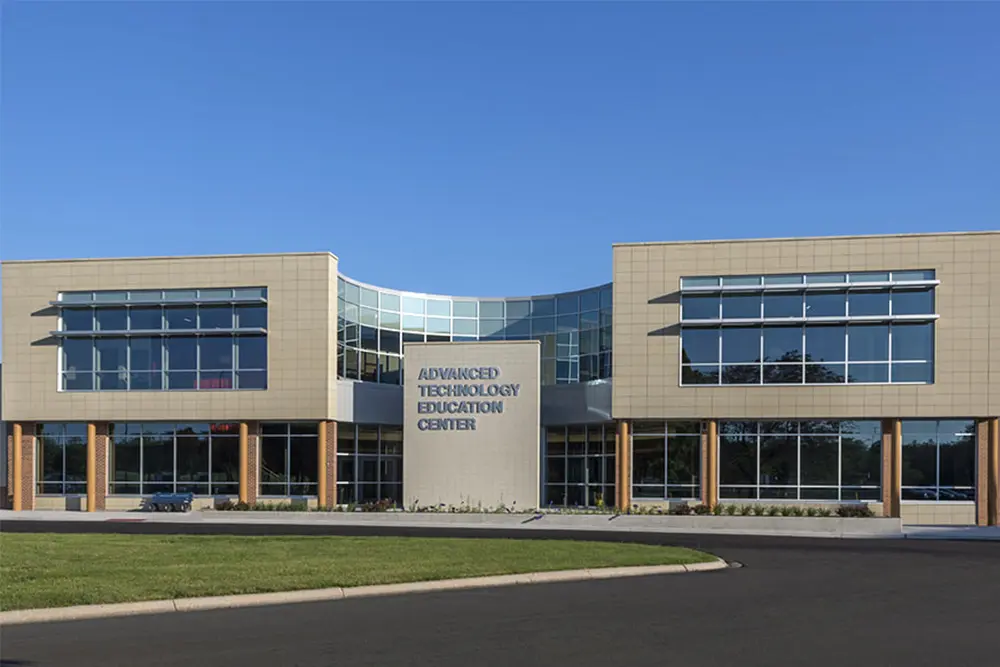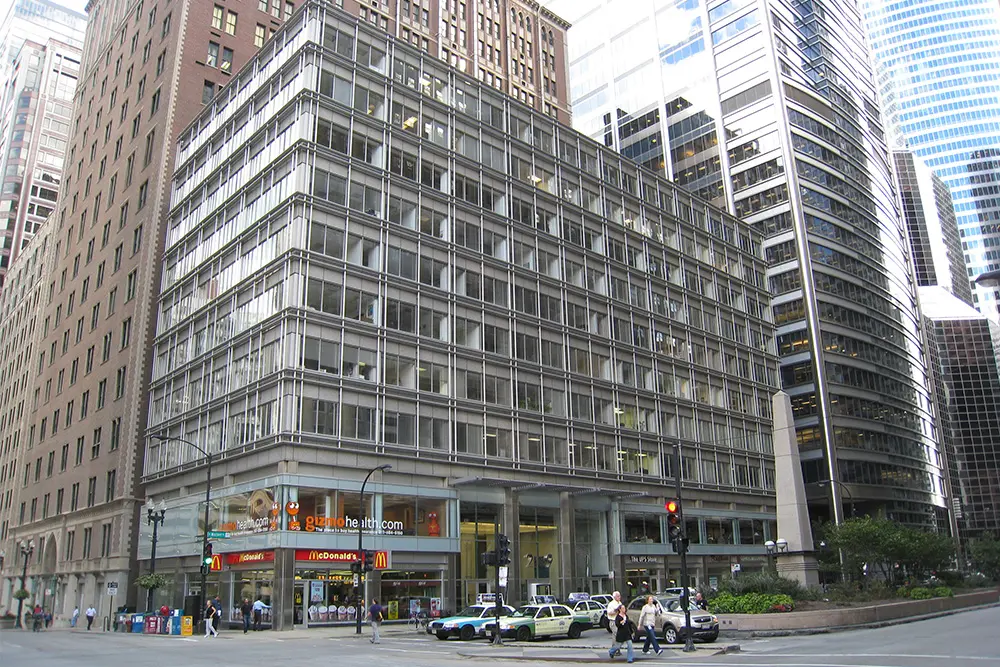Background
The Montreal Protocol is a global agreement with the goal of phasing out the use and production of Ozone Depleting Substances (ODS), which include hydrochlorofluorocarbons (HCFCs). To meet the goals established by the Montreal Protocol, HCFCs must be phased out by January 1, 2020; and will therefore, no longer be produced or imported into the U.S. after that date.
Although other HCFCs can be sometimes be found in currently used refrigeration equipment, the most common HCFC by far is HCFC-22 or R-22. This refrigerant is used in existing air conditioners and refrigeration equipment including unitary air conditioners, cold storage, retail food refrigeration equipment, chillers, and industrial process refrigeration.
Many recall the first step of the HCFC phase out, which occurred on January 1, 2010 and resulted in the production of R-22 to be significantly reduced. Since the initial phase out, the cost of R-22, and therefore the cost of maintaining equipment using R-22, has become increasingly expensive. After the upcoming phase out, only reclaimed or stockpiled R-22 can be used for maintenance of R-22 refrigeration equipment. It is expected that the cost of R-22 will significantly increase with the latest phase due to limited and dwindling supplies.
Options for Building Owners and Managers
With potentially many pieces of air conditioning equipment under their care and responsibility, the upcoming R-22 phase-out deadline means that building owners and managers need to establish a viable, common-sense course of action to pursue. Several options are available.
- DO NOTHING NOW AND WAIT. If a unit breaks after January 2020, the repair may be cost prohibitive due to the cost of R-22. If it happens in 2019, a decision will have to be made to replace it or to invest in a repair.
- RETROFIT OLDER SYSTEMS TO USE A NEW REFRIGERANT. In some cases, equipment owners can invest in a retrofit that allows existing equipment to use certain newer refrigerants. Because this option will not be possible for all systems, an analysis will be needed to determine its technical and financial viability.
- REPLACE PROACTIVELY. Although the upfront cost/investment can be a hurdle, especially if multiple systems need to be replaced prior to the R-22 phase-out deadline; proactive replacement could be the most cost-effective alternative in the long run. Equipment owners can take advantage of current tax breaks and utility-sponsored incentive programs to potentially reduce HVAC equipment and installation costs.
Options Guidance and Cost Reduction Opportunities
With expertise in energy audits and studies, master planning, engineering design, equipment identification and selection; Elara Engineering is well-positioned to identify, evaluate, and pursue a technically and financially sound R-22 phase-out option. In addition, having procured a cumulative total of over $5MM in incentives from ComEd, Peoples Gas, and Nicor to help offset costs associated with the installation of energy efficient improvements, Elara can assist clients, when combined with applicable tax breaks, minimize R-22 phase-out costs as much as possible.



